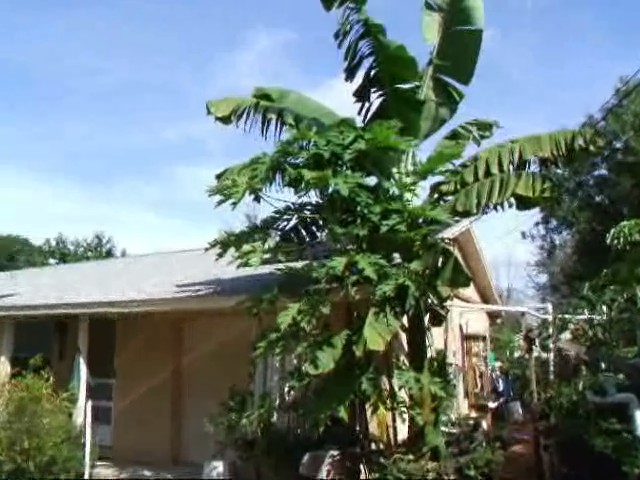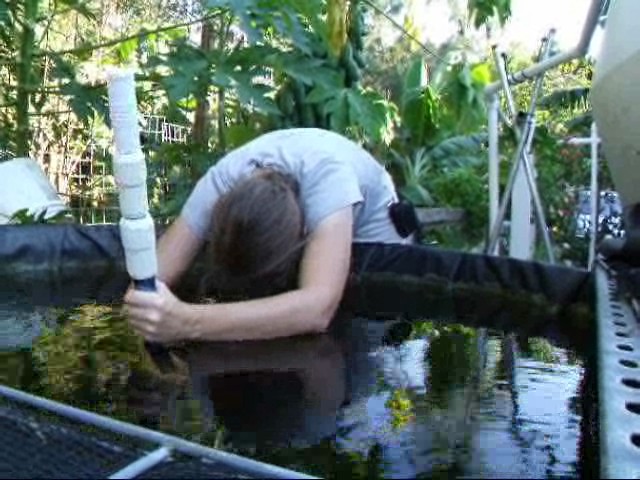I’m working on a ups and extras kit to supply the more specialized parts for a person to build an aquaponics system based on my 300 gallon system.
I will include the uniseals, gravel guards, indexing valve, pump, and timer. And you will source your own stock tanks, blocks, and plumbing parts which can all be gotten at Tractor supply and Lowes or home depot.
The biggest challenge of all this will be that I must make an instruction manual to walk you through the process.
Keep in mind that I can easily put together a “kit” for almost any layout so if my 300 gallon system doesn’t quite fit your needs, contact me and I can round up a custom stock tank aquaponics kit just for you.
I’m aiming for the price of $398.00 and that will include e-mail support from me answering questions and helping to get you off to a good start with your aquaponics.
Now there are many options available and I would recommend a deeper tank than the 300 gallon stock tank but it will work for bluegill or if you can keep it warm enough in winter, tilapia. Anyway, I decided I simply need to base the package off my current 300 gallon aquaponics system so I can show pictures and put together an instruction book that is actually possible to follow. Please comment if you are interested. I probably would have done this a year ago but got very little feedback from anyone actually interested in it. Writing the Stock tank Aquaponics instructions is going to be a fair bit of work.
The benefits of using the 100 gallon rubbermaid stock tanks as grow beds include;
1-No need to build a stand, just compact and level the ground and place blocks for the tank to sit on.
2-Extra filtration because of the extra deep bed.
3-Tractor supply Sells these tanks for good prices and no custom made Aquaponics Grow bed can really compete on a dollar per gallon basis.
4-If you have a local Tractor Supply you don’t have to pay Freight Shipping for the beds.
5-They are sturdy enough to support gravel so you are not limited to using expensive light weight media.
Drawback, Once full of gravel, you are not moving it without emptying the gravel out. This is not a move indoor for the winter type system, at least not without a lot of extra work.
My 300 gallon stock tank aquaponics system design requires the 300 gallon stock tank fish tank be dug into the ground about 18 inches. If you can’t sink the tank into the ground or if you want a deeper tank, contact me since you will need a different design.





I’m brand new to aquaponics and I am looking at setting up a system built around a 300 gallon stock tank as well. I assume you’re using 3 100-gallon, grow beds with this system. Do you run continuous flow, chift pist, or chop? I’ll be placing everything into a 16’x7′ hoop greenhouse I built, so space is somewhat limited. Any tips you can provide would be greatly appreciated.
When I was running a 300 gallon rubermaid stock tank fish tank with 100 gallon stock tank grow beds, I was doing timed flood and drain in a simple system when I only had 3 grow beds. Then I switched to using an indexing valve to flood one bed at a time when I had 6 grow beds. It was neither Chift pist or chop or continuous flow. I don’t know how well it would work to do siphons in 100 gallon stock tank beds, I’ve never tried it. I always plumbed the drain out the front of the stock tank bed so I didn’t need to worry about trying to run plumbing under the 100 gallon stock tanks so making a siphon over the stand pipe in those beds would have been a little trickier though not impossible but the way I ran the drain plumbing probably would have made getting the siphons to break problematic.
My 300 gallon stock tank fish tank system was set up with the 300 gallon stock tank sunk into the ground 2/3 of the way. The 100 gallon stock tank grow beds were set up on one layer of concrete blocks to allow them to mostly drain into the fish tank. No sump tank involved.
You can run a simple system with no sump tank if the total grow bed volume is equal or less than the fish tank volume. The water level in fish tank will fluctuate but within acceptable levels. If you want less fluctuation or to have more grow beds, you can use an indexing valve provided you have a strong enough pump to operate it.